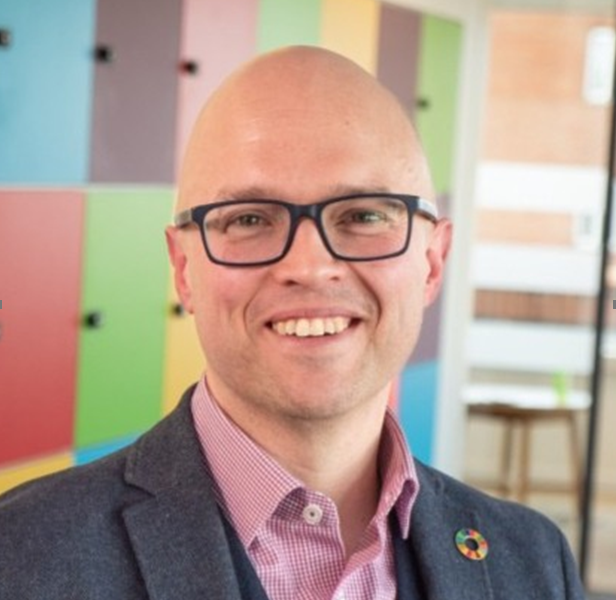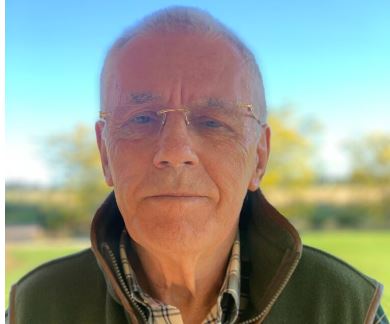The UK has achieved an average 39.7% WEEE to EEE recycling rate since 2013, with 2017 seeing the second lowest WEEE to EEE recycling percentage. Next year will require a 65% WEEE to EEE recycling rate and it is clear we are not on an upward recycling trend.
Identifying where the missing WEEE is will allow us to focus attention on how to change behavior with an aim to recycle more waste electronics at UK approved authorised treatment facilities (AATFs) .
Waste to energy plants
A washing machine, fridge or TV cannot fit in a domestic rubbish bin easily and the end user must therefore make a decision on how to dispose of the WEEE. The challenge with recycling small mixed WEEE is that it is small enough to fit in a domestic rubbish bin and behaviour change is required to get waste electronics into the correct recycling routes.
There is very clear evidence that waste electronics are being burnt in UK waste to energy plants because of copper motor content within the residual incinerator bottom ash (IBA) waste.
Examples of motors sorted from incinerator bottom ash (pictures from SWEEEP Kuusakoski) :
Competitive sector
The recycling of the metal waste from incinerators is a very competitive sector and commercial sensitivities surround the actual motor content percentage. We have however been able to confirm some indicative numbers from specialist IBA recyclers as:
· 20% ash is generated when burning domestic waste
· 8% of that ash is mixed metals of some type – majority ferrous
· Within the metal content is typically 2-3% motor content
These numbers must be considered an indicative starting point. Undoubtedly recycling behaviour varies across the country and thus what ends up in black bag rubbish will vary.
Knowing the motor content will allow a back calculation to establish the weight of the Small Mixed WEEE needed to generate that amount of motors.
SWEEEP Kuusakoski is a large scale dedicated recycler of small Mixed WEEE. Typical Small WEEE as of 2017 in our experience has a motor/transformer/armature content of 7.89%.
UK incinerators
An estimated 12 Million tonnes (figure to be confirmed) of waste is burnt per year in the UK. If the indicative percentages are applied to those 12 Million tonnes then 60,836.5 tonnes of small mixed WEEE is being burnt in UK incinerators.
60,836.5 tonnes of small WEEE in 12M tonnes of wastes equates to 0.51% small WEEE content.
| Tonnes | |
| UK Waste incinerated | 12,000,000.00 |
| 20% Ash generated | 2,400,000.00 |
| 8% Metal Content in the incinerator bottom ash | 192,000.00 |
| 2.5% Motor/transformer/armature content in metal | 4,800.00 |
| Small WEEE has 7.89% motor content. To generate 4800T of IBA motor/transformer/armature would have required this much small WEEE to be burnt | 60,836.50 |
It would not be unreasonable to presume similar 0.51% small WEEE content in domestic RDF and domestic landfill but this is more difficult to estimate as there is no easy way to measure motor content.
What next?
The BIS funded 2016 WRAP WEEE flow study concluded: “In 2019 the UK is projected to fall short of compliance even if all unreported estimates are included”.
A point from the executive summary explained: “Even if our estimate of ‘other unreported’ WEEE tonnage is verified, the government may wish to consider what other steps may be necessary in order to ensure the UK meets the 2019 collection target”.
Raising the profile of the need to recycle waste electronics should be seen as a priority for all stakeholders. Accidentally burning WEEE releases toxins and loses valuable raw materials. Incorrect handling of small WEEE creates fires within the general waste and recycling sector.
We have a fantastic opportunity with significant 2017 Compliance fee fund (£8 Million for 2017 compared to £46K in 2016) to properly fund behaviour change and get small WEEE out of incinerators and into AATF Recycling plants.











Subscribe for free